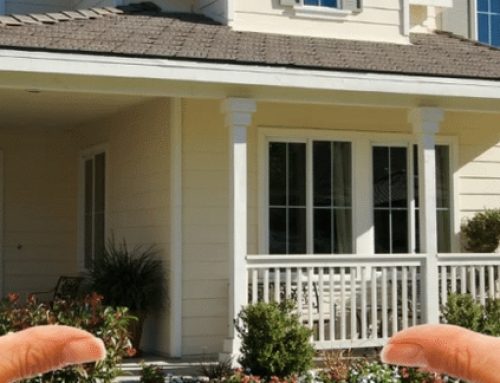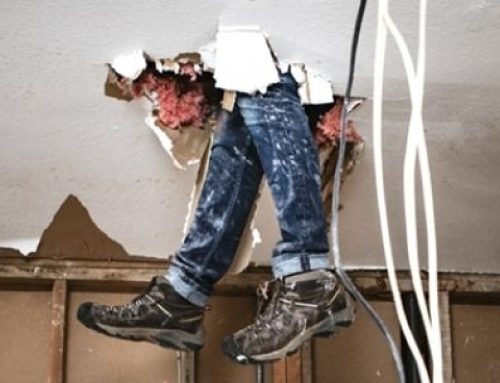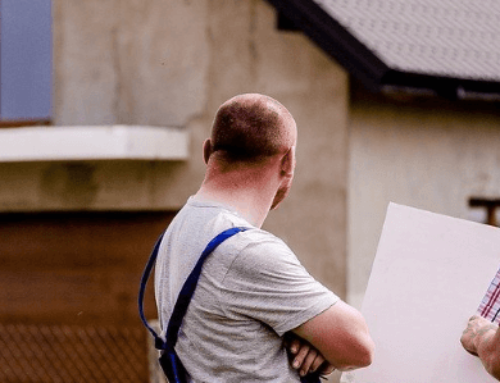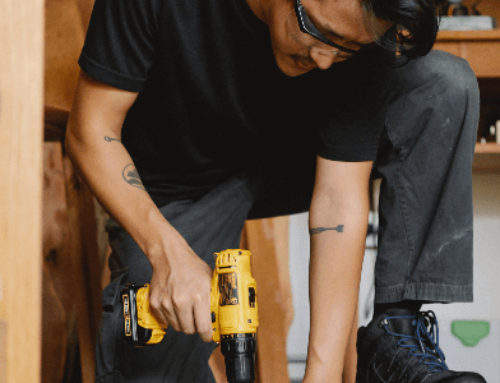Purchasing property is likely going to be one of, if not the biggest financial commitment you ever make, so it goes without saying that you want it to be a valuable investment and not an enormous waste of time and money.
When you start looking for potential homes, you might be focusing on the perfect property for you at this current time and one that appears free from any serious issues. There’s no doubt that these are important factors to consider, however, no matter whether you’re looking for a forever home or an investment property, you’ll need to think long-term. This means that you need to consider how your family dynamics might evolve over time such as whether you’re thinking of having kids, planning to take in a parent, getting pets, etc., but more importantly, the long-term value and durability of the house in question.
So when it comes to homes are NOT worth your money, the most important things you need to look out for come down to the structural integrity of a home, and a property’s market value. So how can tell the difference between property lemon, and fresh glass of property lemonade? So you don’t find yourself in the disastrous position of having bought yourself a home that you basically just shouldn’t have, I’ve put together a list of ways you can make sure you don’t fall into this trap and get the heck out before it’s too late.
-
New does not mean better
One of the biggest pitfalls of the modern day property market is the assumption that newly built homes are always going to be structurally superior to old home. Don’t be fooled. You might be surprised to know that this is completely false, and many experts will tell you that in fact new homes should be frequently avoided at all costs.
That sounds crazy right? What kind of “experts” are these people anyway? Experts in giving terrible advice, no doubt. Well before you roll your eyes and wonder why you ever started reading this article, hear me out. The main thing you need to realise is that when it comes to new homes, the bulk of the cost is coming from the labour that was employed to build it.
This never used to be an issue when skilled labour was plentiful, but nowadays we have a significant shortage of highly experienced construction workers so instead of paying for high quality materials, you’re mostly just paying for labour. So you might want to reconsider investing in that newly built city apartment or at the very least, ensure that you get a Pre-Purchase Building Inspection to make sure that corners weren’t cut, and proper materials were used.
-
Consider the value of the land alone
When you’re trying to determine the worth of a property that takes your interest, take a moment to look past the house and focus on the land it’s sitting on. Why? Well, first and foremost, the value of the land is going to be the number one factor in the growth of a property’s value, whereas the house itself is generally the depreciating component. Considering the value of the land against the value of the dwelling is going to give the land-to-asset ratio, which is one of the golden equations in determining price growth, so never forget to do the sums. For example, if a property is listed at $1,000,000 and the land alone is valued at $500,000, then that means that the land-to-asset ratio comes in at 50%. 50% is considered the absolute minimum with the optimal percentage being 70%.
-
Oversupply can equal minimal value
If a property is simple to purchase, it’s likely because there’s little to no competition and an oversupply in the market. As nice and stress-free as that might sound, it is also going to mean that it probably isn’t worth a great deal. When you think about valuable commodities, they generally tend to be scarce, hard to come by, or difficult to obtain. Same thing goes in the property market.
Areas where land is hard to purchase or subdivide and places that put limitations on building are going to put you in a highly advantageous position and will more often than not be worth the hassle. This is compared to the ease of flipping through a catalogue and settling on a cookie cutter apartment that might be easy as pie to buy, but have very little to show in terms of gaining value. So make sure you try not to fall for the ease of property that is in over supply.
-
Pay attention to what you can’t change
When you go to inspect a potential property you’ll likely be fixated on the look and feel of the house, the size of the rooms, and if it needs any work done in refurbishments. Not that these aren’t important things to think about, but regardless of what a house holds, it can always be modified. Try instead to focus on that which can’t be changed.
The location is likely going to be your most important unchangeable factor. Where is the house? Is it in an area that’s losing economic value? What’s surrounding the property? Beautiful parks and family homes or an industrial waste site and garbage tip? How about traffic? Is the home on a main road? Near a freeway? Under a flight path? Next to a train line? Can you even hear yourself thinking?
Keep these key points at the top of your list because anything that can’t be changed about a property will forever come back to haunt you so it’s best to avoid buying into anything that makes for a difficult sell. That’s the epitome of a property lemon.







Leave A Comment